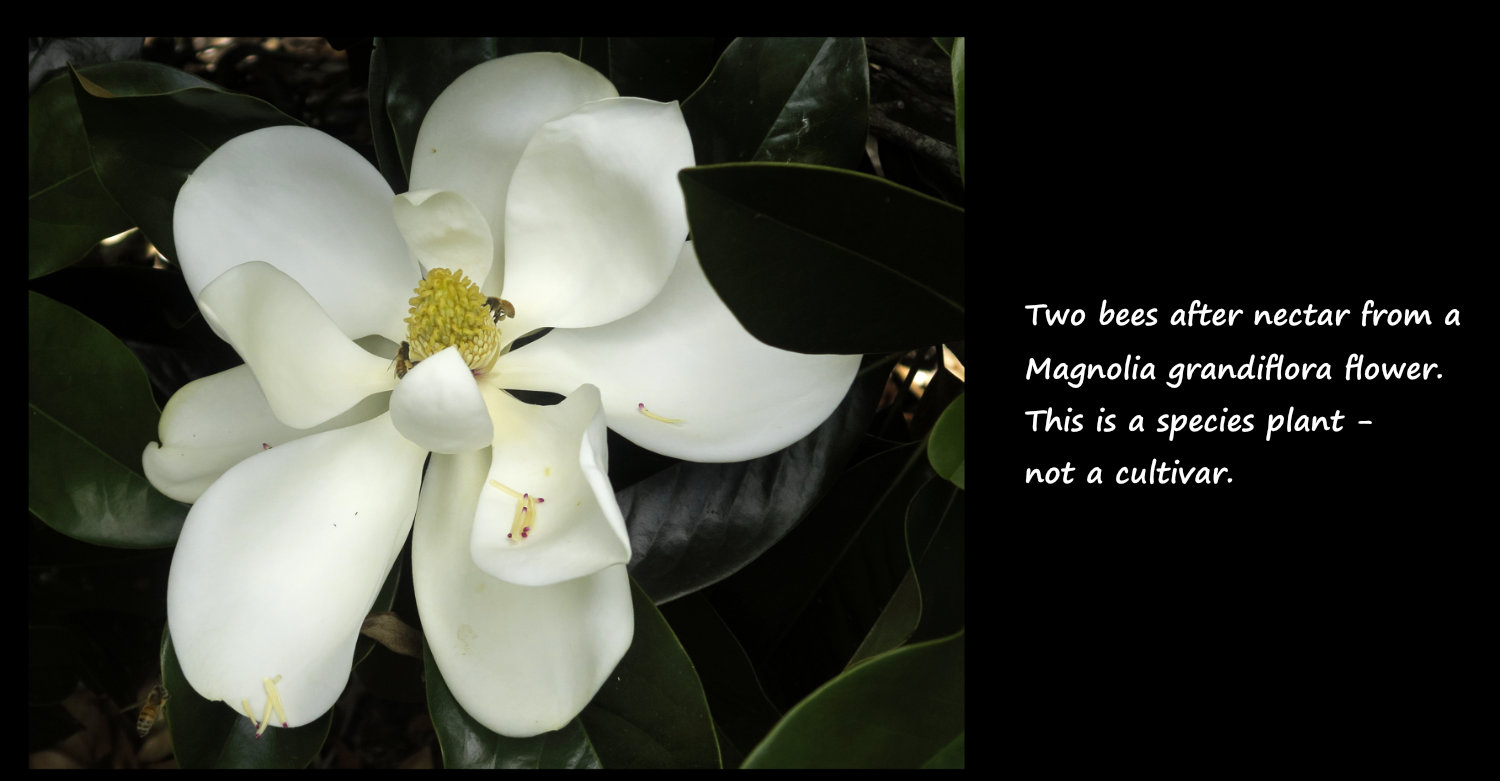Magnoliaceae.
They are medium to large, evergreen or deciduous trees or shrubs.
Leaves alternately or spirally arranged and soft or leathery.
They can be simple or sometimes lobed with pinnate or palmate venation.
Leaves are on stalks which have large stipules that form a sheath around the stem and the leaf bud.
They leave a scar on the stem when they fall off.
There are simple hairs and there may or may not be glands.
Flowers are large and solitary and either terminal or in the leaf axils.
They can be white, cream, yellow, purple or pink and are scented.
The sepals and petals are similar and referred to as tepals.
There are 6 to 18 tepals, spirally arranged in 3 or more whorls, on a long receptacle.
There are up to 50 spirally arranged stamens on the receptacle.
They have short filaments that gradually merge with the anthers that open via longitudinal slits.
The superior ovary has up to 200 carpels, each with up to 20 ovules, on the elongated receptacle.
Pollination is by beetles, bees or flies.
The fruit is an aggregate of follicles formed from the carpels.
The carpels may remain separate or coalesce.
The fruits can be woody or fleshy.
The usually large seeds are red to orange.
Magnolia.
Magnolias are part of an ancient family with fossil records going back over 100 million years.
They show many features of their primitive ancestors including:
- a flower bud that is enclosed in bracts rather than sepals,
- an undifferentiated perianth,
- floral parts in spirals rather than whorls,
- poorly differentiated stamens,
- some stamens are intermediate in form between tepals and later differentiated stamens,
- the ovary consists of many separate carpels on an elongated receptacle.
Magnolia is a large genus and there is no consensus on its classification.
The Magnolia Society uses 3 subgenera with 12 sections and 13 subsections.
The Subgenera are Gynopodium; Yulania (including Michelia) and Magnolia.
The subgenus Magnolia has flowers that appear after the leaves and anthers that open inwards.
It is divided into sections that include the better known species.
J.F.


